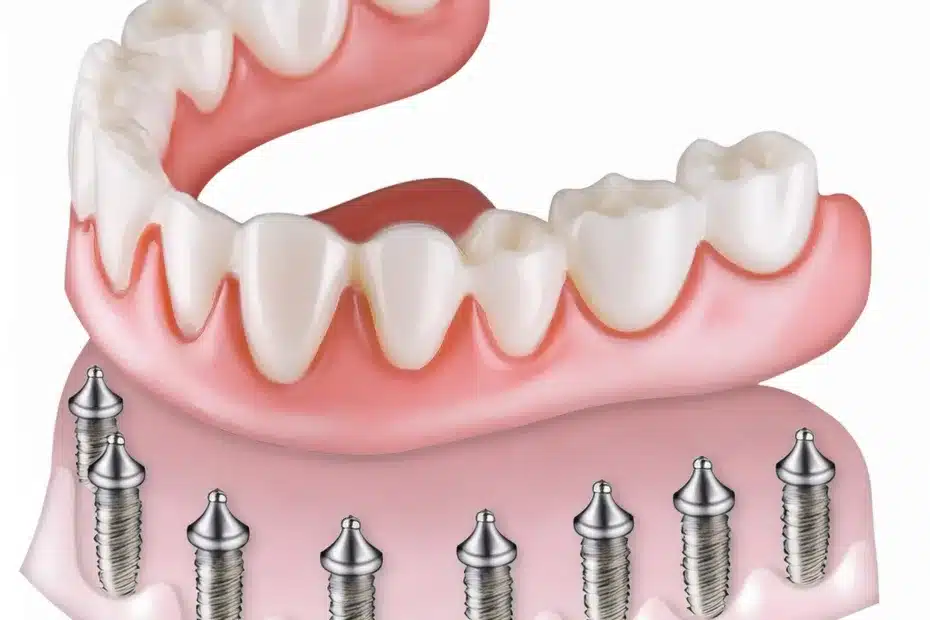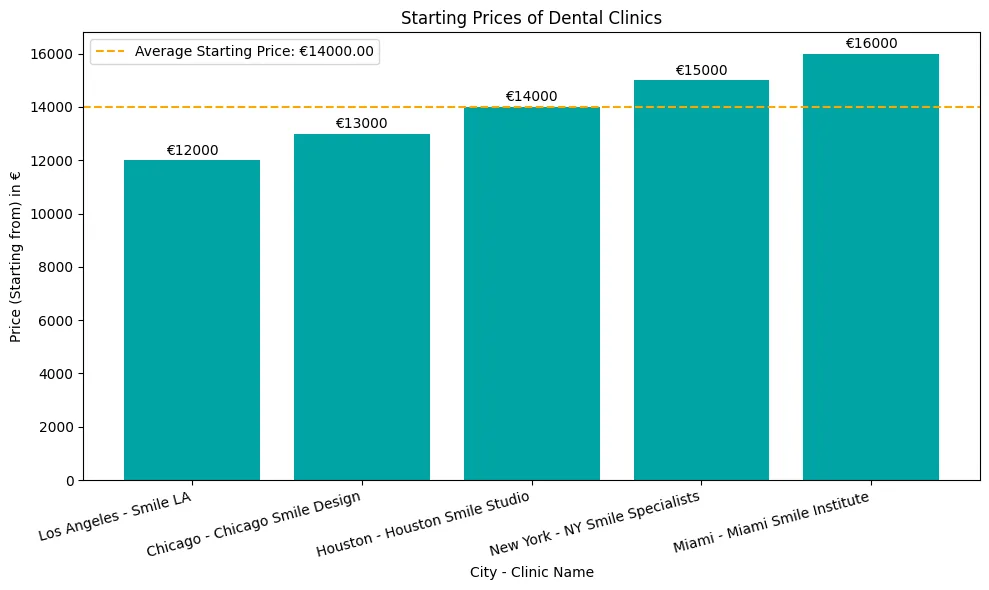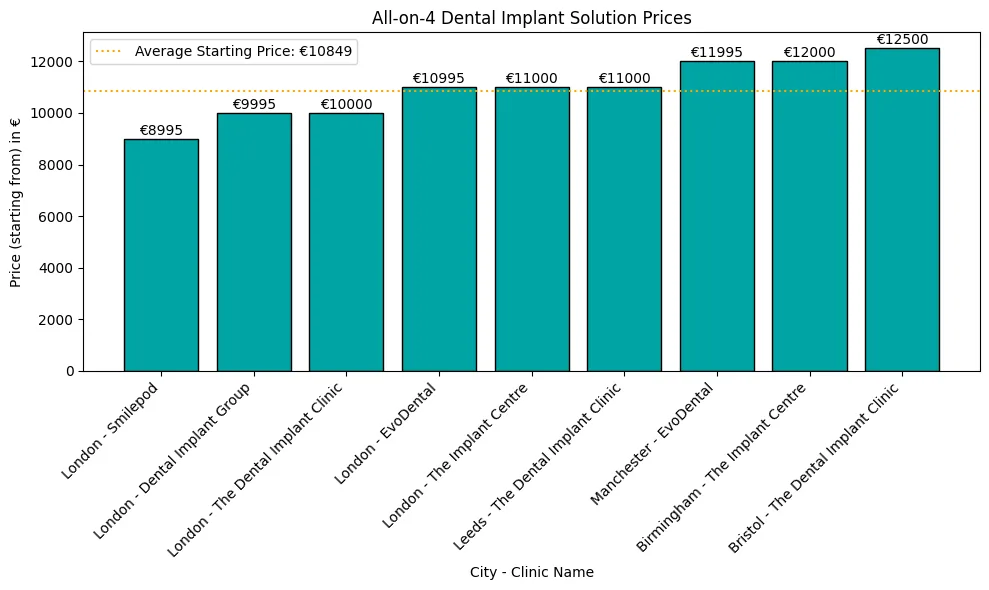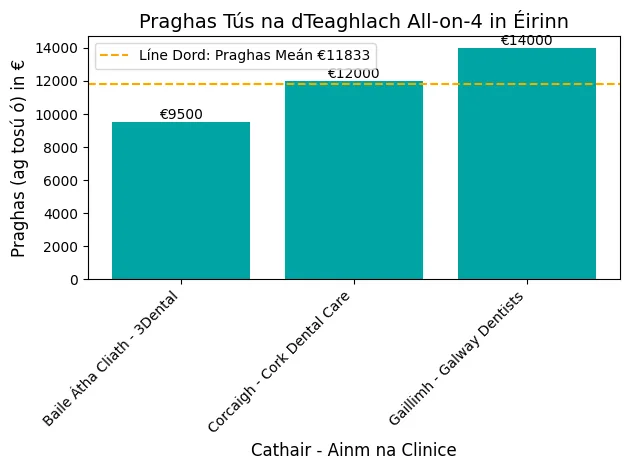Mini implantet dentare janë bërë një zgjidhje popullore për humbjen e dhëmbëve, por shumë prej tyre janë ende të pasigurt për efektivitetin dhe koston e tyre. Nëse po merrni në konsideratë mini-implantet, ndoshta po pyesni veten: A janë ato një mënyrë e besueshme dhe e përballueshme për të rifituar buzëqeshjen tuaj?
Çfarë janë mini implantet?
Mini implantet dentare janë një zgjidhje me kosto efektive për humbjen e dhëmbëve, me një shkallë të lartë suksesi prej 90% gjatë 10 viteve. Ato janë më pak invazive, kërkojnë më pak densitet kockor dhe kanë një kohë më të shpejtë rikuperimi në krahasim me implantet dentare tradicionale. Këtu janë përfitimet kryesore:
• Procedurë më pak invazive
• Koha më e shpejtë e rikuperimit
• Zgjidhje me kosto efektive (500-1500 € për implant)
| Përfitoni | Përshkrimi | Norma e suksesit | Kostoja |
|---|---|---|---|
| Procedurë më pak invazive | Mini implantet dentare janë një alternativë më pak invazive ndaj implanteve dentare tradicionale. | 90% | €500-€1,500 |
| Koha më e shpejtë e rikuperimit | Mini implantet dentare ofrojnë një kohë më të shpejtë rikuperimi në krahasim me implantet dentare tradicionale. | 95.6% | €500-€1,500 |
| Zgjidhje me kosto efektive | Mini implantet dentare janë një zgjidhje me kosto efektive për humbjen e dhëmbëve. | 90% | €500-€1,500 |
| Shkalla e lartë e suksesit | Mini implantet dentare kanë një shkallë të lartë suksesi prej 90% gjatë 10 viteve. | 90% | €500-€1,500 |
| Cilësia e përmirësuar e jetës | Mini implantet dentare mund të përmirësojnë cilësinë e jetës dhe funksionin oral të pacientëve me dhëmbë të humbur. | 90% | €500-€1,500 |
Përfitimet e mini implanteve dentare
Më pak invazive
Mini implantet dentare janë një alternativë më pak invazive ndaj implanteve tradicionale.
Ata kërkojnë një prerje më të vogël dhe më pak densitet kockor; janë më komode për pacientin.
Sipas një studimi në Journal of Oral Science, mini implantet kanë një shkallë suksesi 90% gjatë 10 viteve (1)
Koha më e shpejtë e rikuperimit
Mini implantet dentare gjithashtu kanë një kohë më të shpejtë rikuperimi sesa implantet tradicionale.
Procedura kryhet në një vizitë dhe pacientët mund të shërohen brenda pak ditësh.
Një studim në Journal of Clinical and Experimental Dentistry zbuloi se pacientët që morën mini implante raportuan një përmirësim të ndjeshëm në cilësinë e tyre të jetës dhe funksionin oral (2).
Zgjidhje me kosto efektive
Mini implantet dentare janë një zgjidhje me kosto efektive për humbjen e dhëmbëve.
Ato janë më të lira se implantet tradicionale, me çmime që variojnë nga 500 euro në 1500 euro për implant.
Sipas një studimi në Journal of Dental Research, efektiviteti i kostos së mini implanteve i bën ato më të arritshme për pacientët që nuk mund të përballonin implantet tradicionale (3).
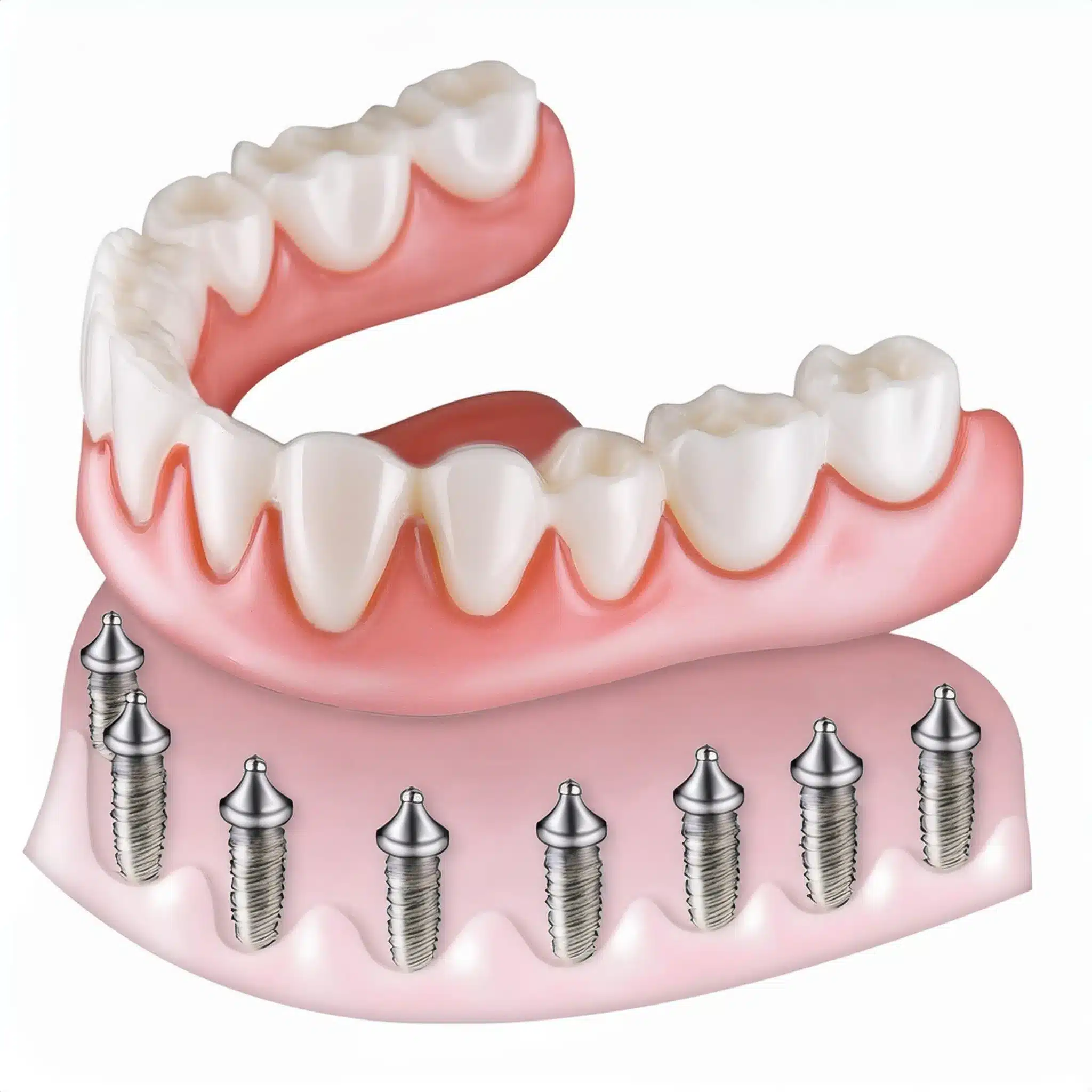
Si funksionojnë mini-implantet dentare?
Procesi
Procedura e mini-implantit dentar përfshin 3 hapa: përgatitjen, implantimin dhe abatmentin, dhe kurorën (2).
Procedura e mini-implantit dentar është minimalisht invazive; vetëm një vrimë e vogël është shpuar në kockën e nofullës dhe mund të bëhet me një vizitë (3).
Sipas një studimi në Journal of Clinical and Experimental Dentistry, përdorimi i mini implanteve mund të zvogëlojë komplikimet dhe të përmirësojë rezultatet e pacientit (4).
Mini Implante për funksionin e dhëmbëve
Mini implantet dentare janë çelësi për rivendosjen e funksionit të dhëmbëve dhe përmirësimin e cilësisë së jetës për pacientët me dhëmbë të humbur.
Një studim në Journal of Dental Research zbuloi se pacientët që morën mini implante raportuan një përmirësim të ndjeshëm në funksionin e tyre oral dhe cilësinë e përgjithshme të jetës (5).
Implantet ankorojnë protezën dentare në mënyrë të sigurt në mënyrë që të mund të përtypni dhe të flisni me besim (6).
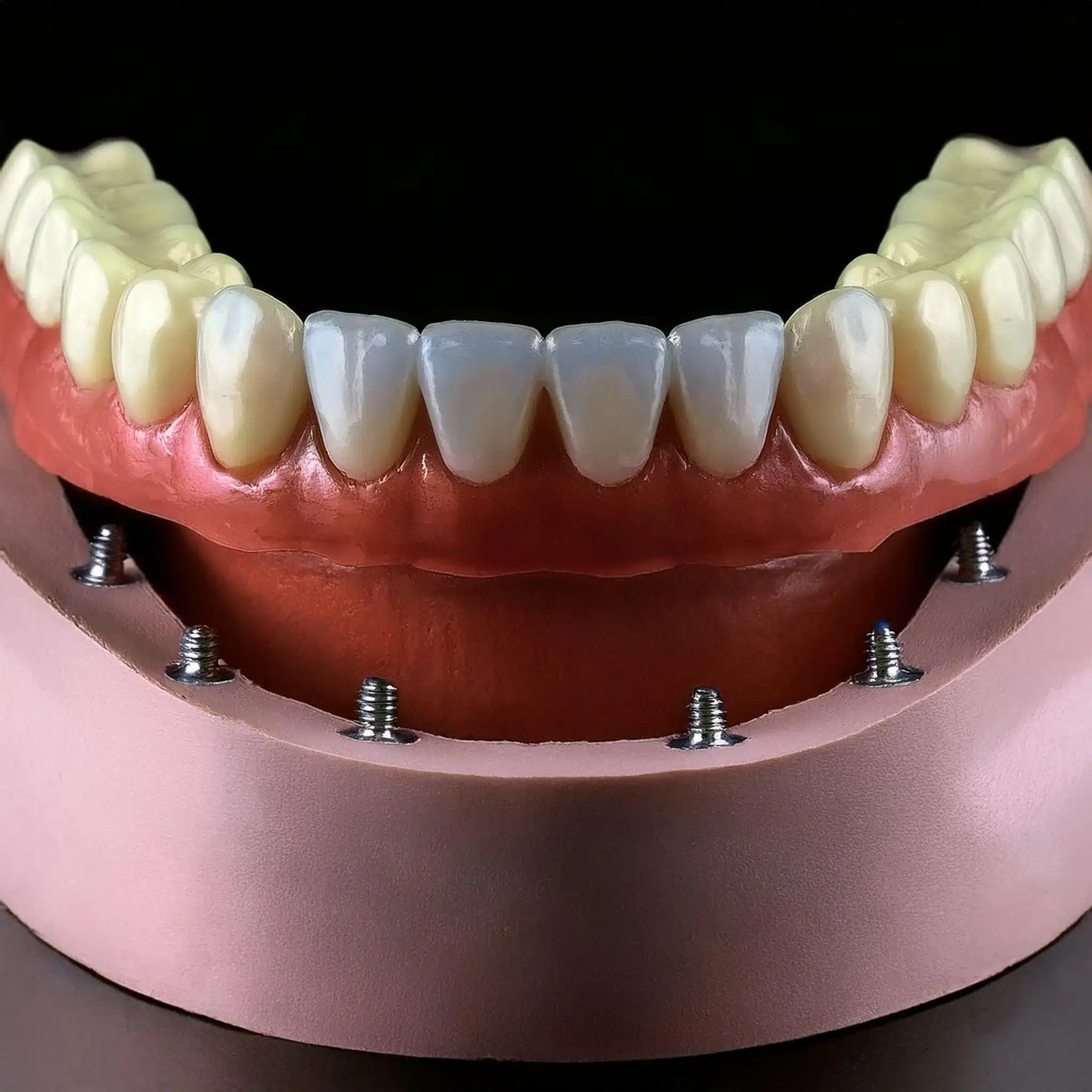
Kush është një kandidat i mirë për Mini Implantet Dentare?
Pacient ideal
Ndërsa implantet tradicionale dhe implantet dentare pterygoid përdoren shpesh në rastet që kërkojnë mbështetje të konsiderueshme kockore, mini implantet dentare janë veçanërisht të dobishme për pacientët me shëndet të mirë të përgjithshëm dhe densitet të mjaftueshëm kockor
Mini implantet dentare janë për pacientët që kanë humbur një ose më shumë dhëmbë për shkak të prishjes së dhëmbëve, sëmundjes së mishrave të dhëmbëve ose dëmtimit.
Sipas një studimi në Journal of Clinical and Experimental Dentistry, pacientët me shëndet të mirë të përgjithshëm dhe densitet të mjaftueshëm kockor janë kandidatë idealë për mini implantet (5).
Pacientët me një histori të pirjes së duhanit ose diabetit mund të mos jenë të përshtatshëm për mini implante pasi janë në rrezik më të lartë të komplikimeve.
Kundërindikimet
Mini implantet dentare nuk janë për pacientët me kushte të caktuara mjekësore si osteoporoza, kanceri ose çrregullime autoimune.
Një studim në Journal of Oral Rehabilitation zbuloi se pacientët me këto kushte janë në rrezik më të lartë të dështimit të implantit ose komplikimeve (6).
Pacientët që marrin bisfosfonate ose steroide mund të mos jenë të përshtatshëm për mini implante pasi janë në rrezik më të lartë të osteonekrozës.
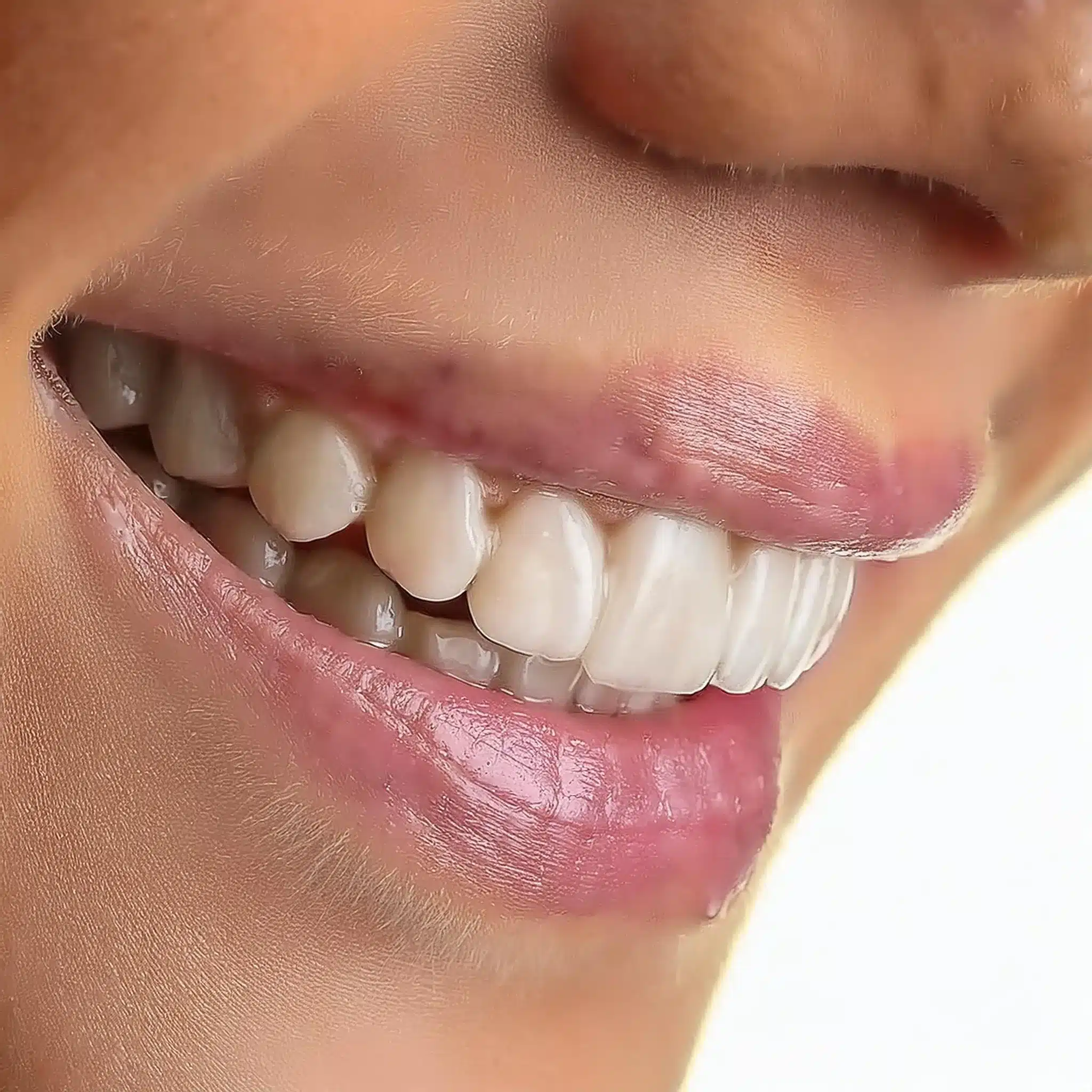
Mini Implantet vs Implantet Tradicionale
Dallimet kryesore
Mini implantet dentare dhe implantet tradicionale kanë disa dallime.
Një nga ndryshimet kryesore është madhësia e implantit.
Mini implantet janë më të vogla në diametër se implantet tradicionale, kështu që ato janë më të mira për pacientët me densitet të kufizuar kockor (7).
Mini implantet janë gjithashtu më pak invazive dhe kërkojnë më pak kohë shërimi sesa implantet dentare tradicionale.
Sipas një studimi në Journal of Clinical and Experimental Dentistry, mini implantet kanë një shkallë suksesi 95.6% gjatë 5-10 viteve, që është e ngjashme me implantet tradicionale (3).
Cili është i duhuri për ju?
Zgjedhja midis mini implanteve dhe implanteve tradicionale dentare varet nga disa faktorë: dendësia e kockave, vendndodhja e dhëmbit që mungon dhe shëndeti i përgjithshëm.
Mini implantet janë të mira për pacientët me densitet të kufizuar kockor ose që duan një procedurë më pak invazive.
Implantet tradicionale janë më të mira për pacientët me densitet të mjaftueshëm kockor që duan një zgjidhje më të përhershme.
Sipas një studimi në Journal of Oral Rehabilitation, zgjedhja midis mini implanteve dhe implanteve tradicionale duhet të bazohet në nevojat dhe preferencat individuale të pacientit (5).
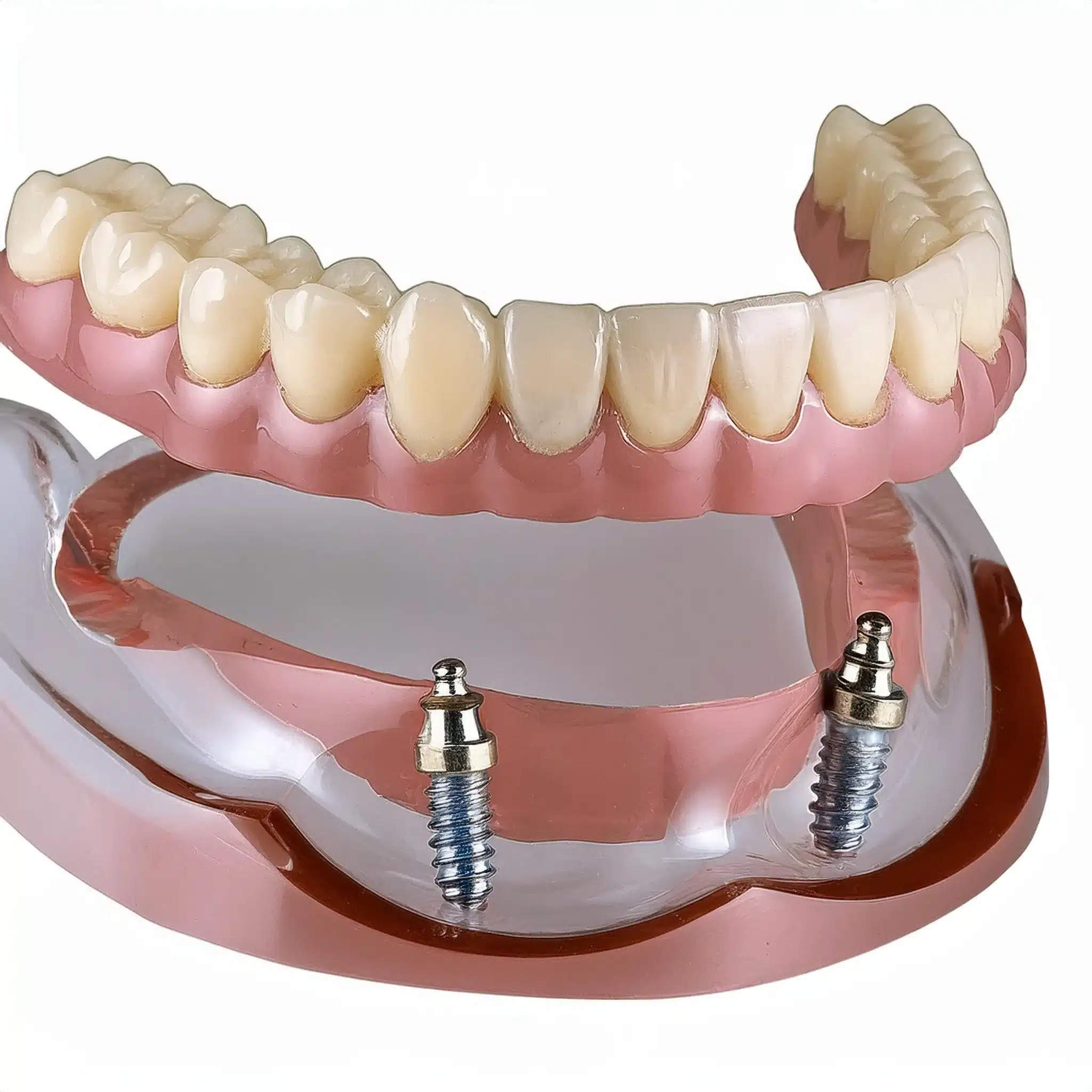
Përfundim & Çështje kryesore
Çelës-Takeaways:
Mini implantet janë një zgjidhje me kosto efektive për humbjen e dhëmbëve me një shkallë suksesi 90% gjatë 10 viteve (1).
Më pak invazive, më pak densitet kockor, dhe kohë më të shpejtë rikuperimi se implantet tradicionale (2).
Për pacientët që kanë humbur një ose më shumë dhëmbë për shkak të prishjes së dhëmbëve, sëmundjes së mishrave të dhëmbëve ose lëndimit (3).
Vendosja e udhëzuar e implantit mund të përmirësojë saktësinë e vendosjes së implantit (4).
konkluzioni:
Mini implantet dentare janë një zgjidhje e besueshme dhe e përballueshme për buzëqeshjen tuaj.
Me shkallën e tyre të lartë të suksesit, procedurën më pak invazive dhe kohën më të shpejtë të rikuperimit, ato janë një opsion i mirë për pacientët që kërkojnë një zgjidhje me kosto efektive për humbjen e dhëmbëve.
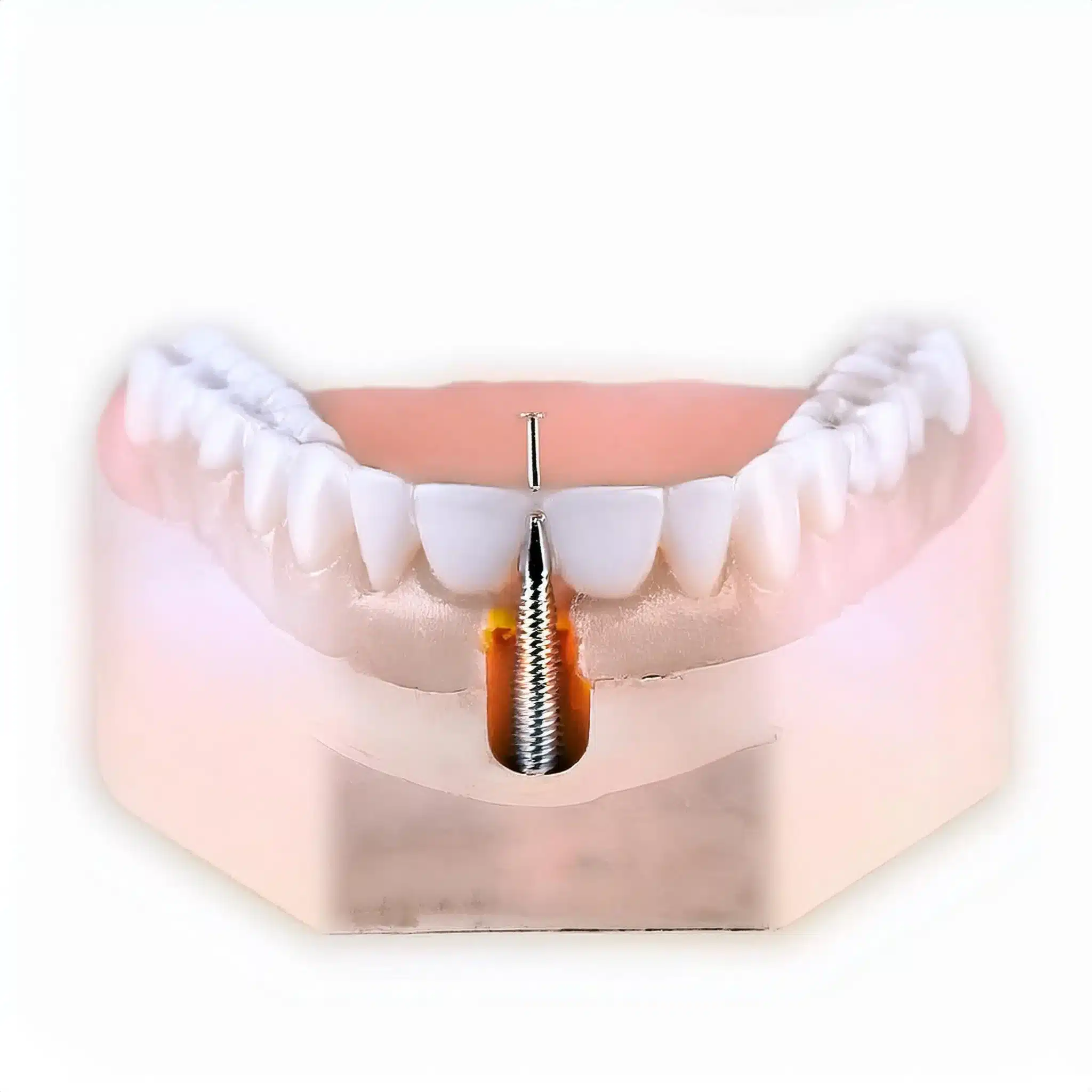
FAQ
Referencat
Esposito M, et al. Implantet dentare: Një përmbledhje. J Oral Sci. 2016;58(2):151-164.
Gaviria L. et al., Implantet Dentare: Një Rishikim Sistematik. J Clin Exp Dent. 2019; 11 (2): e155-e163.
Lee J, et al. Një hyrje në implantet dentare. J Dent Res. 2024;103(5):537-545.
Misch CE, et al. Proteza e implantit dentar. Në: Misch CE, ed. Proteza e Implantit Dentar. St. Louis, MO: Mosby; 2005:1-15.
Östman PO, et al. Implantet dentare: Një përmbledhje e literaturës. J Oral Rehabil. 2018;45(3):247-255.
Pjetursson BE et al. Një rishikim sistematik i shkallës së mbijetesës dhe ndërlikimeve të protezave dentare fikse (FDP) pas një periudhe vëzhgimi prej të paktën 5 vitesh. Clin Oral Implants Res. 2014;25(6):645-666.
Pjetursson BE et al. Një rishikim sistematik i shkallës së mbijetesës dhe ndërlikimeve të protezave dentare fikse (FDP) pas një periudhe vëzhgimi prej të paktën 5 vitesh. Clin Oral Implants Res. 2014;25(6):645-666.

